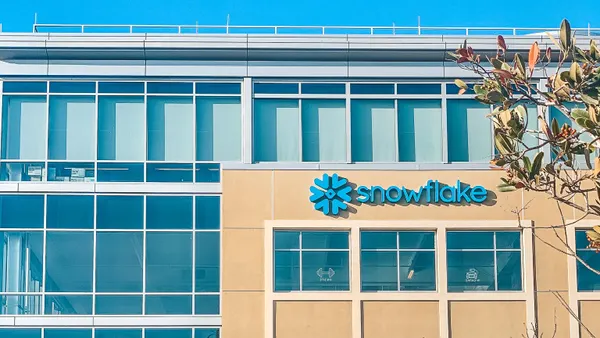UPDATED: August 1, 2018: The worldwide IaaS market grew to $23.5 billion in 2017, a 29.5% increase year-over-year from 2016, according to Gartner estimates announced Wednesday. About 73% of that market is split between the top four vendors (Amazon, Microsoft, Google and Alibaba), which also account for almost half of infrastructure utility services and IaaS markets.
Amazon's 2017 revenue topped $12.2 billion, a 25% increase year-over-year that brought the company to a 51.8% market share. Growth for the "most mature, enterprise-ready provider" benefited not only from customers migrating to IaaS models but also from digital transformation projects across a variety of use cases, according to Gartner.
No. 2 Microsoft cinched a 13.3% market share following tremendous 98.2% growth in revenue to $3.1 billion last year. Alibaba held third place with 4.6% market share, closely followed by Google with 3.3%. The two companies also saw strong revenue growth in 2017 at 62.7% and 56%, respectively.
In comparison, Synergy Research, which tracks the market as earnings come out, estimated the market at $16 billion following Q2 2018, with closer growth rates between Microsoft, Google and Alibaba.
Dive Brief:
- Second quarter cloud revenues rose 50% year-over-year, with Microsoft, Google and Alibaba surpassing the market rate, according to Synergy Research Group. Amazon inched up to take a 34% hold of the market — more than the shares of Alibaba, Google, Microsoft and IBM combined.
- Small and mid-sized cloud providers are faced with decreasing market shares. Three providers in the top 25 have grown market share "significantly," though none have passed the 1% mark of overall market share.
- Infrastructure, platform and hosted private cloud services revenue is estimated at more than $16 billion, with the bulk of the market in public IaaS and PaaS. These two segments grew 53% in Q2.
Dive Insight:
Cloud revenue growth is steady around the world, with AWS leading across geographic regions. With the exception of Alibaba holding strong in the Asia Pacific region, Microsoft and Google round out No. 2 and 3 internationally.
The race between AWS, Microsoft and Google is heating up. Amazon benefits from a strong lead and continues to sign on household names to its cloud and, increasingly, AI services. But aided by major retailer's spurning of Amazon, Microsoft and Google are signing on companies like Walmart and Target, respectively, too.
Unlike several years ago, functionality is robust across the three top providers. While each has room for improvement in different areas, companies moving to the cloud for the first time or switching or adding providers can reasonably find most tools and services they are looking for with each big player.
With base portfolios so strong, making the final choice can come down to factors such as interoperability, capabilities for hybrid environments, per-second or resource-based billing methods or competition dynamics, like the major retailers turning away from Amazon. Besides investing in more data center architecture, this is pushing providers to offer more services to stay alongside or abreast of competitors' portfolios.












